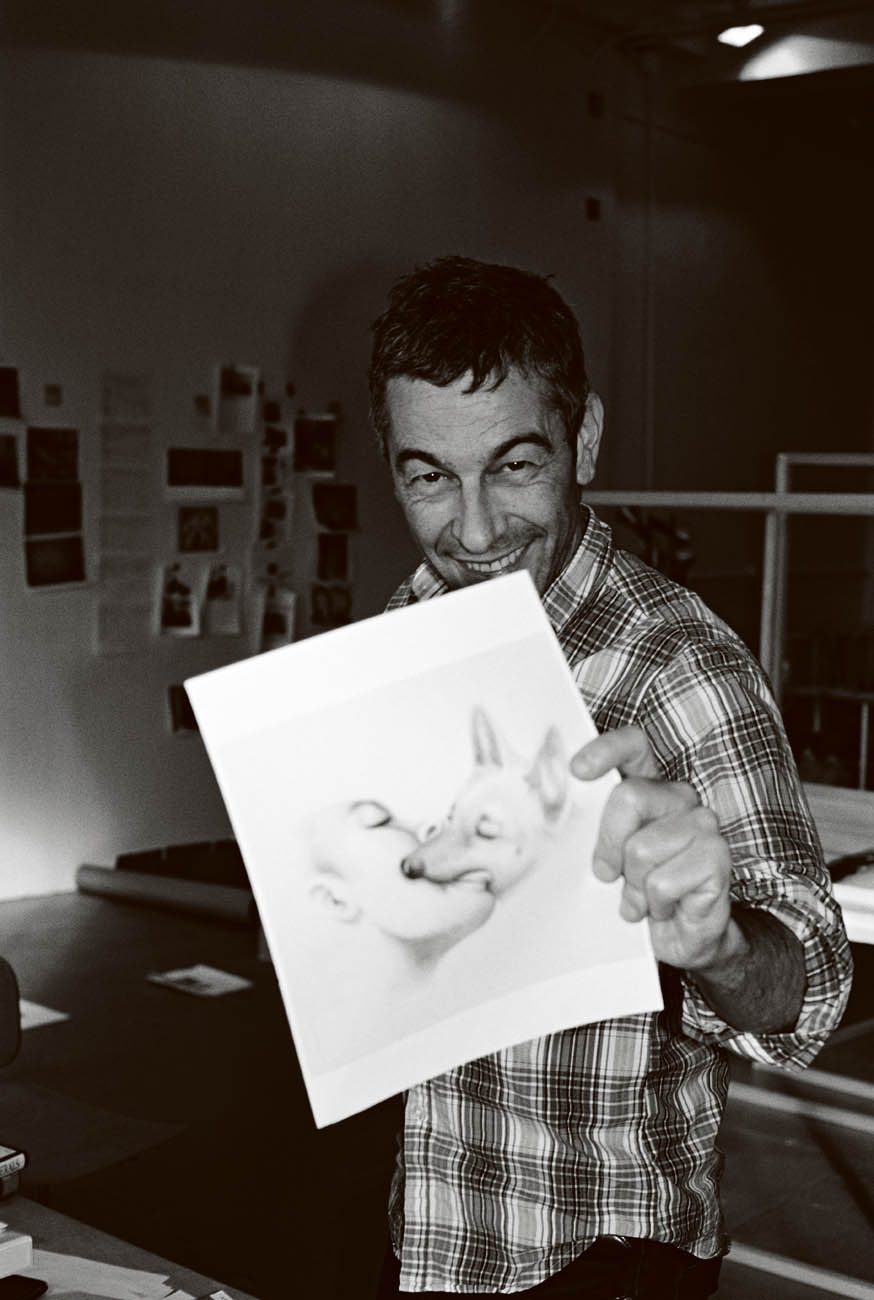Purple Magazine
— S/S 2011 issue 15
Pierre Huyghe
interview by OLIVIER ZAHM
portrait by ARI MARCOPOULOS
 The Host and the Cloud, 2009-2010, image from October 31, 2009, photo by Ola Rindal, courtesy of the artist and Marian Goodman Gallery, New York and Paris
The Host and the Cloud, 2009-2010, image from October 31, 2009, photo by Ola Rindal, courtesy of the artist and Marian Goodman Gallery, New York and Paris
 The Host and the Cloud, 2009-2010, film still from October 31, 2009, photo by Ola Rindal, courtesy of the artist and Marian Goodman Gallery, New York and Paris
The Host and the Cloud, 2009-2010, film still from October 31, 2009, photo by Ola Rindal, courtesy of the artist and Marian Goodman Gallery, New York and Paris
Pierre Huyghe is one of the most important artists to emerge out of the French scene of the ’90s. Back then his agenda was to introduce the vocabulary of cinema — casting, acting, production, editing — into an art context. Combining public performance and video projections, Huyghe presents a multifaceted visual experience that creates an existential tension between reality and fiction. I met him in New York to talk about his film, The Host…

